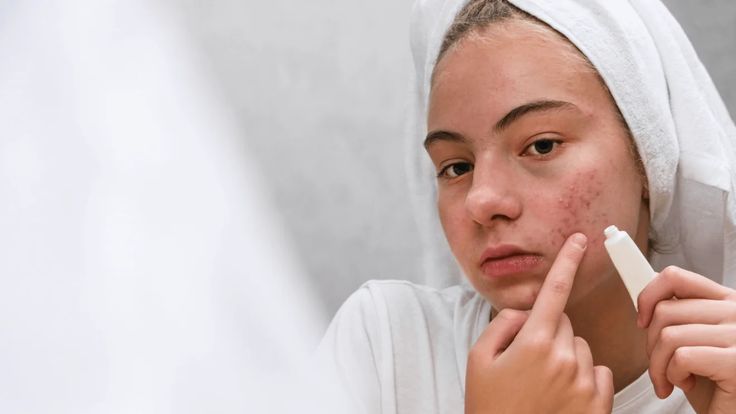When acne becomes red, swollen, and festering, many people will choose to apply a hydrocolloid acne patch, hoping that it can suck out pus like a "skin vacuum cleaner". But what kind of wound care principle is hidden behind this seemingly simple operation? Does the hydrocolloid material really have the ability to actively absorb pus, or does it only achieve auxiliary healing through physical isolation? To answer these questions, we need to start with its material properties and the skin's physiological mechanisms.

The core ingredients of hydrocolloid acne patches are hydrophilic gels such as sodium carboxymethyl cellulose, which form a moist gel layer when in contact with wound exudate. This property makes it often used as a chronic wound dressing in the medical field, promoting autolysis and debridement by maintaining a moist environment - that is, using the body's own enzymes to decompose necrotic tissue. When acne breaks, the protease in the exudate may also be activated, indirectly accelerating the metabolism of pus. However, it should be clear that hydrocolloids are not active suction structures, and their role is more like creating a self-healing microenvironment for the skin.
How are the usage scenarios of such products defined in clinical standards?
According to the Wound Care Practice Guidelines, hydrocolloid dressings are suitable for superficial wound management. Their advantages are to reduce scab formation and avoid secondary damage. When yellow-white pus appears on acne and has naturally ruptured, the correct use of acne patches can absorb a small amount of exudate and block the invasion of external bacteria. However, if you forcefully squeeze immature acne and then apply the patch, it may aggravate the spread of inflammation due to the sealed environment, leading to deeper infection.
In real life, consumers often fall into two major operational errors: one is to over-rely on the patch to extend the wearing time, and the other is to ignore the skin disinfection before application. Professional advice is to change the patch no more than 12 hours a day, and the effect is better when used at night, because the skin metabolism is active during sleep and friction is reduced. Before application, the affected area needs to be cleaned with saline or mild cleansing products to avoid residual makeup or dirt that becomes a source of infection. Hydrocolloids are easy to fall off when exposed to oil, so make sure the skin is completely dry before applying.

Which groups of people need to use this type of product with caution?
People with sensitive skin should first perform a 24-hour patch test behind the ear to observe whether allergic reactions such as redness, swelling, and itching occur. In addition, cystic or nodular acne, because the lesions are deeper, relying solely on patches cannot solve the fundamental problem, and topical medications or professional medical intervention are required.
From the perspective of the evolution of wound care technology, the emergence of hydrocolloid acne plasters marks the move of home skin care towards medical-grade solutions. However, consumers need to be aware that it is neither a "universal band-aid" nor an "acne accelerator". The key to scientific use is to grasp the timing - to provide physical protection after ulceration, and to avoid artificially creating a "sealed petri dish". When the skin sends out a distress signal, rationally choosing a care method may be more important than pursuing magical effects. For more information on Innomed®Acne Plaster, Refer to the Previous Articles. If you have customized needs, you are welcome to contact us; You Wholeheartedly. At longterm medical, we transform this data by Innovating and Developing Products that Make Life easier for those who need loving care.
Editor: kiki Jia

 English
English عربى
عربى Español
Español русский
русский 中文简体
中文简体








